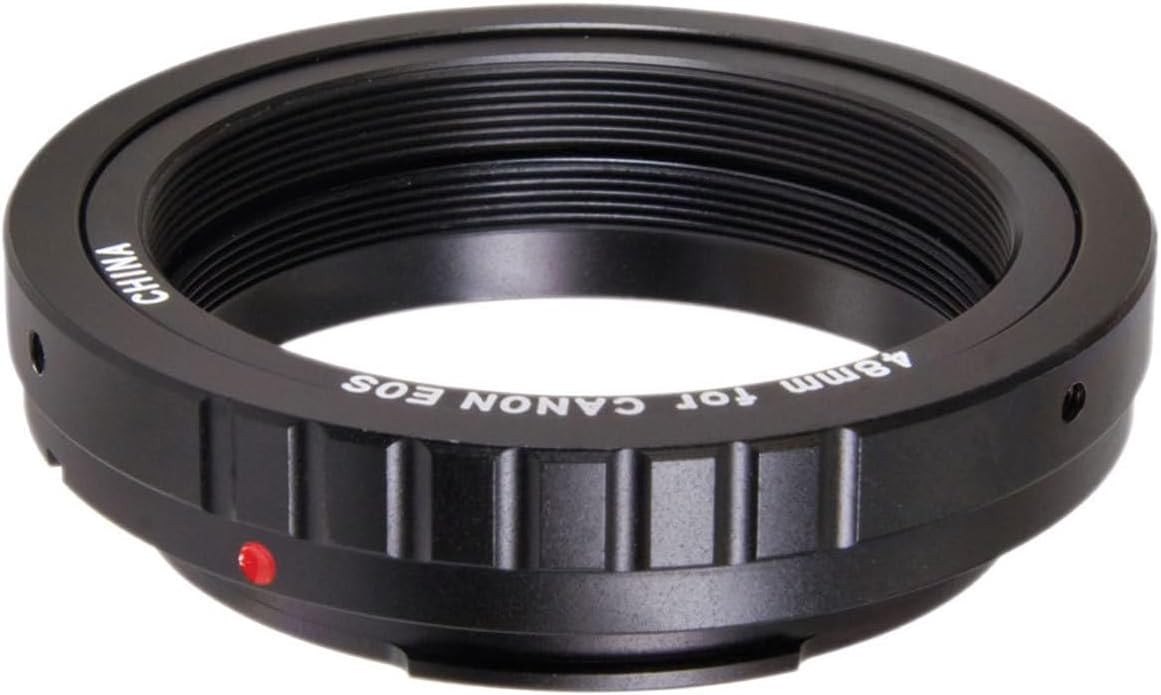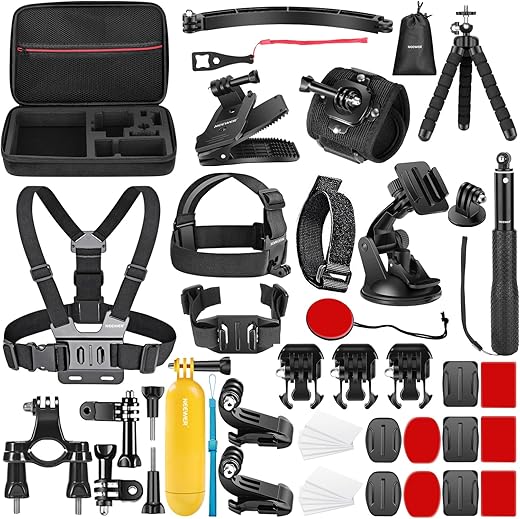
How to determine the UV protection level of wooden frame sunglasses?
This step-by-step guide is designed to help individuals determine the UV protection level of wooden frame sunglasses. Wooden frame sunglasses have gained popularity in recent years due to their unique style and eco-friendly materials. However, it is important to ensure that these sunglasses provide adequate protection against harmful UV rays. This guide will walk you through the process of determining the UV protection level of wooden frame sunglasses, allowing you to make an informed decision when purchasing or using them.
Top-selling wooden frame sunglasses



Gather necessary materials
Collect a pair of wooden frame sunglasses, a UV light source, and a UV meter. Place the wooden frame sunglasses on a clean surface in a well-lit area. Ensure the UV light source is turned off and position it next to the sunglasses. Set up the UV meter nearby, making sure it is calibrated and ready to measure UV radiation.

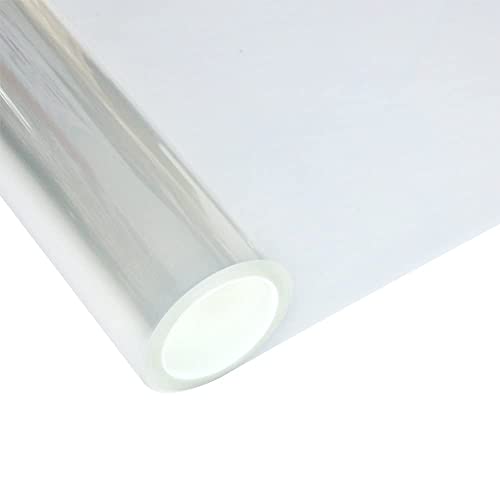
Turn on the UV light source
To ensure that the UV light source is turned on and functioning properly, follow these steps:
- Locate the power switch or button on the UV light source. It is usually located on the front or side of the unit.
- Press the power switch or button to turn on the UV light source. Check for any indicator lights or a display panel that confirms that the unit is powered on.
- Wait for a few moments to allow the UV light source to fully warm up and reach its optimal operating temperature. This may take anywhere from a few seconds to a couple of minutes, depending on the specific model.
- Verify that the UV light is emitting a strong, vibrant light. Take caution not to look directly at the UV light to avoid eye damage. You can use a UV-sensitive paper or an object that fluoresces under UV light (such as certain types of ink or fabrics) to ensure that the UV light source is functioning properly. When placed under the UV light, the paper or object should visibly react to the UV radiation by glowing or changing color.
By following these instructions, you can ensure that the UV light source is turned on and working as intended, allowing you to proceed to the next steps of your task.
Place the sunglasses in front of the UV light source
Position the sunglasses so that the lenses are directly facing the UV light source. Make sure the sunglasses are centered in front of the light, with the lenses parallel to the light beam. For example, place the sunglasses on a flat surface, aligning them with the UV light machine, ensuring that the lenses are pointing directly towards the light.



Activate the UV meter
To activate the UV meter and ensure it is calibrated correctly, follow these steps:
- Turn on the UV meter: Locate the power button on the UV meter, typically found on the side or front panel. Press the power button firmly and hold it for a few seconds until the display screen lights up. For example, on the XYZ UV meter, the power button is on the front panel labeled “ON/OFF.”
- Check calibration settings: Once the UV meter is powered on, navigate to the settings menu by pressing the “Menu” or “Settings” button on the control panel. Look for the “Calibration” or “Calibrate” option and select it using the arrow keys or touch screen. For instance, on the XYZ UV meter, navigate to the settings menu by pressing the “Menu” button, then select the “Calibrate” option by using the arrow keys.
- Verify calibration reference: In the calibration settings, ensure that the UV meter is using an appropriate calibration reference such as a certified calibration lamp or a known UV source. Check that the reference value matches the recommended calibration value specified in the user manual. For example, on the XYZ UV meter, choose the “Calibration Reference” option and select “Certified Calibration Lamp” to use an accurate reference.
- Calibrate the UV meter: Place the UV meter in close proximity to the calibration reference, ensuring that both the sensor and the reference are exposed to the same UV source. Follow the specific calibration procedure mentioned in the user manual, which may involve pressing the “Calibrate” button and waiting for the meter to complete the calibration process. For instance, on the XYZ UV meter, press the “Calibrate” button and keep the meter next to the certified calibration lamp for the specified duration.
By following these steps, you can successfully activate and calibrate the UV meter, ensuring its accuracy and reliability when measuring UV radiation.
Hold the UV meter close to the lenses
- Hold the UV meter close to the lenses without touching them.
- Bring the UV meter near to the lenses while making sure not to make contact with them.
- Position the UV meter in close proximity to the lenses, ensuring there is no direct contact.
- Place the UV meter in close proximity to the lenses, but take care not to touch them.
Read the UV meter measurement
Observe the reading on the UV meter and carefully note down the level of UV protection indicated. Ensure that the meter is held at a proper distance from the source of UV light and that the reading is taken in a well-lit area. Take note of the UV protection level displayed on the meter for future reference and analysis.
Compare the measurement with recommended standards
Consult the UV protection level guidelines provided by eyewear experts. These guidelines outline the recommended standards for UV protection in different environments and activities. Make sure to compare the measurement obtained from your eyewear with these recommended standards to ensure that your eyes are adequately protected from harmful UV rays.
Interpret the results
To determine whether the wooden frame sunglasses offer sufficient UV protection, follow these steps:
- Measure the level of UV protection provided by the sunglasses using a UV radiation meter.
- Compare this measurement to the recommended standards for UV protection, typically expressed as a percentage of UV blocked (e.g., 99% UV protection).
- If the measured UV protection level is equal to or higher than the recommended standards, then the wooden frame sunglasses offer sufficient UV protection.
- If the measured UV protection level is lower than the recommended standards, consider using alternative sunglasses with higher UV protection or additional measures to protect your eyes from harmful UV radiation.
Take necessary action
If the UV protection level of your sunglasses is inadequate, take necessary action for your eye protection. Consider using alternative sunglasses with a higher UV protection level or applying additional protection, such as wearing a wide-brimmed hat or using sunscreen specifically designed for the sensitive skin around your eyes. Prioritize your eye health by ensuring proper UV protection.
Understanding UV Protection Levels
In conclusion, ensuring the UV protection level of wooden frame sunglasses is crucial for safeguarding our eyes. By considering factors such as lens types, coatings, and certifications, we can determine the level of protection these sunglasses offer against harmful UV rays. Investing in sunglasses with adequate UV protection is a wise choice to protect our eyes from potential damage and maintain our eye health in the long run.
Necessary Supplies




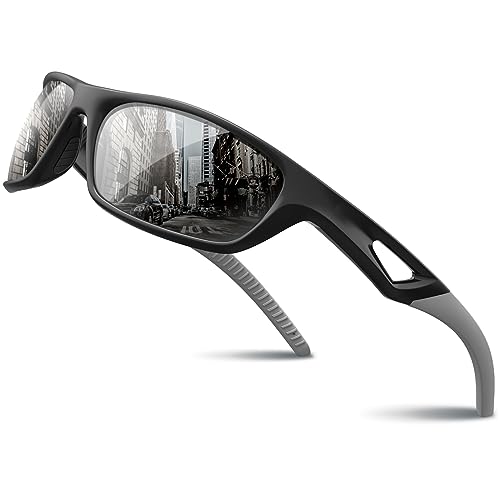
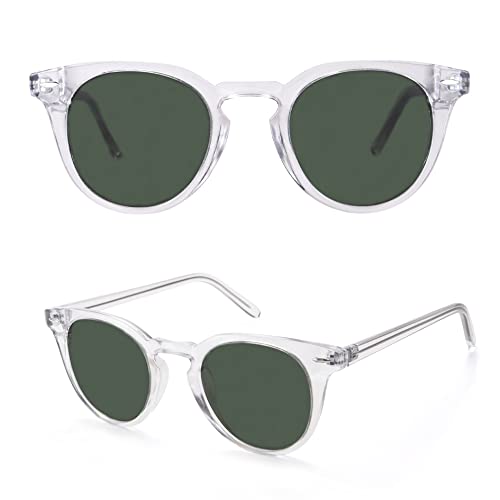
Choosing the Right Shades
How to Determine if Your Lenses are Polarized
Tips for Using Wooden Frame Sunglasses
- Start by carefully removing the wooden frame sunglasses from their case or packaging
- Adjust the nose pads, if applicable, to ensure a comfortable fit on your face
- Place the sunglasses on your face, ensuring that the lenses cover your eyes and the arms sit comfortably on your temples
- Adjust the frame by gently bending the arms inward or outward to achieve the desired fit
- Avoid leaving your wooden frame sunglasses in direct sunlight or extreme heat, as this can cause damage to the wood
- Clean the lenses regularly with a microfiber cloth or a lens cleaning solution to remove smudges or fingerprints
- When not in use, store the wooden frame sunglasses in a protective case to prevent scratches or damage
Frequently Asked Questions about Wooden Frame Sunglasses
Are wooden frame sunglasses adjustable to fit different face shapes and sizes?
Yes, wooden frame sunglasses can be adjustable to fit different face shapes and sizes. Many wooden frame sunglasses come with flexible hinges that allow the arms to be adjusted for a better fit. Additionally, the nose pads on wooden frame sunglasses are often adjustable to accommodate different nose bridge shapes and sizes. These adjustable features make wooden frame sunglasses adaptable and comfortable for a wide range of individuals with varying face shapes and sizes.
How should wooden frame sunglasses be maintained and cleaned?
To maintain and clean wooden frame sunglasses, it is important to follow a few steps:
- Store them properly: When not in use, keep the sunglasses in a protective case to prevent scratches and accidental damage. Avoid leaving them in hot or humid areas, as extreme temperatures can cause the wood to warp or crack.
- Wipe with a soft cloth: Use a clean, lint-free cloth to gently wipe the wooden frames. Avoid using abrasive materials or rough fabrics that can scratch the surface.
- Handle with care: Avoid dropping or applying excessive pressure to the sunglasses, as this can cause the frames to break or splinter.
- Avoid water exposure: Wooden frames should not be submerged in water or exposed to excessive moisture. If they get wet, gently wipe them dry with a soft cloth and let them air dry naturally.
- Apply a wood-friendly conditioner: To keep the wood nourished and prevent drying or cracking, occasionally apply a small amount of wood conditioner or wax specifically designed for use on wooden sunglasses. Follow the manufacturer’s instructions for application and avoid getting any conditioner on lenses or other parts of the sunglasses.


